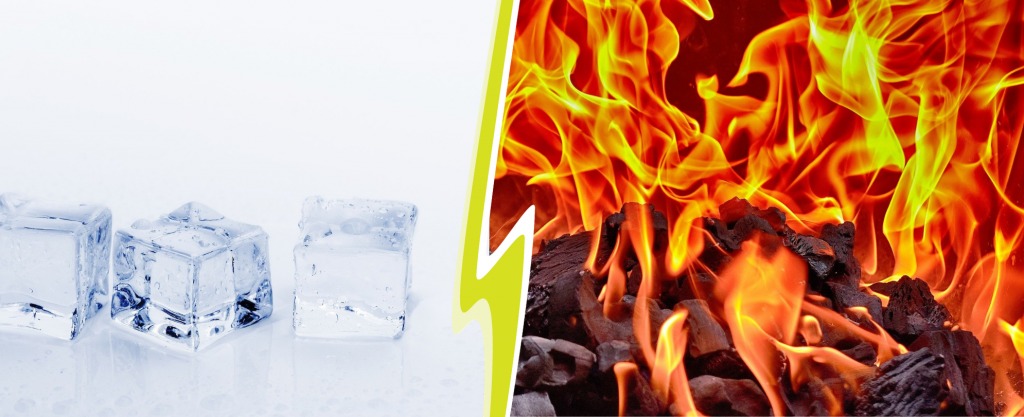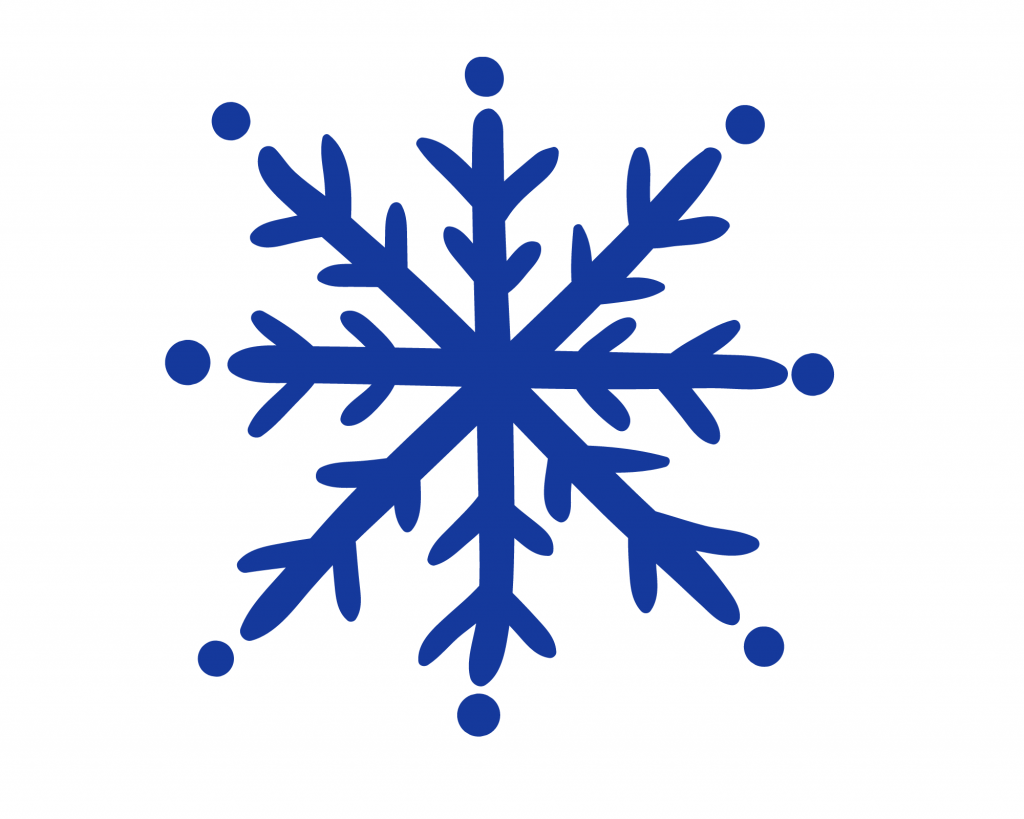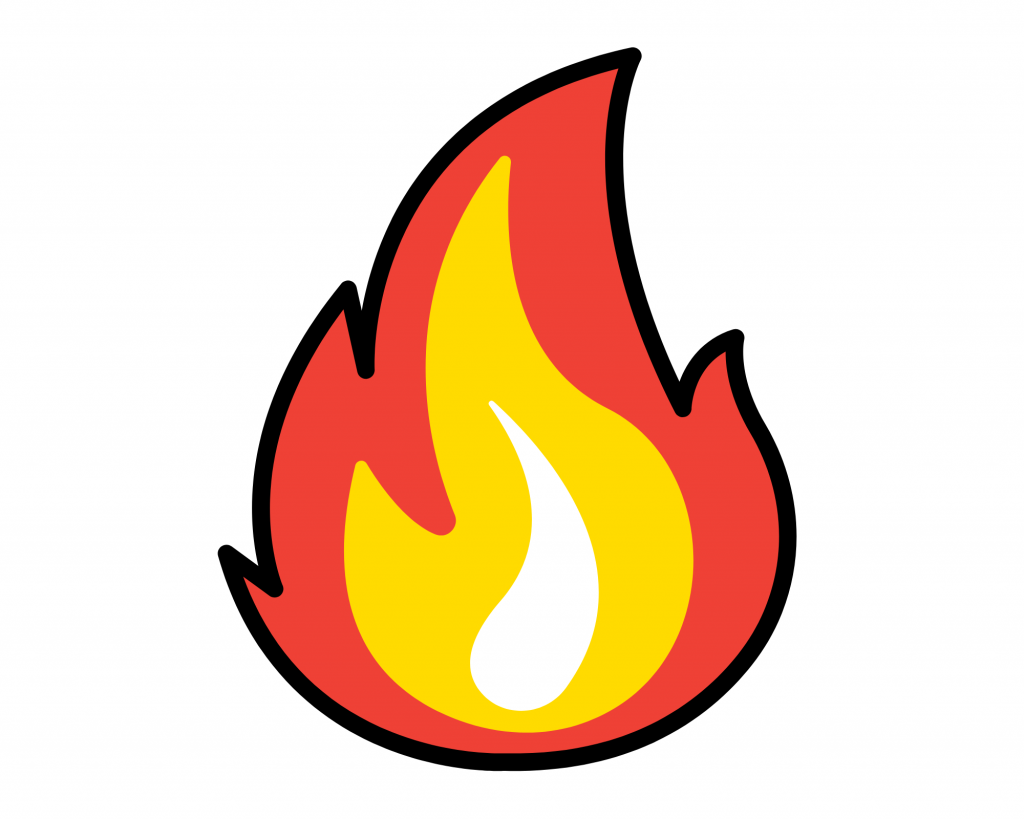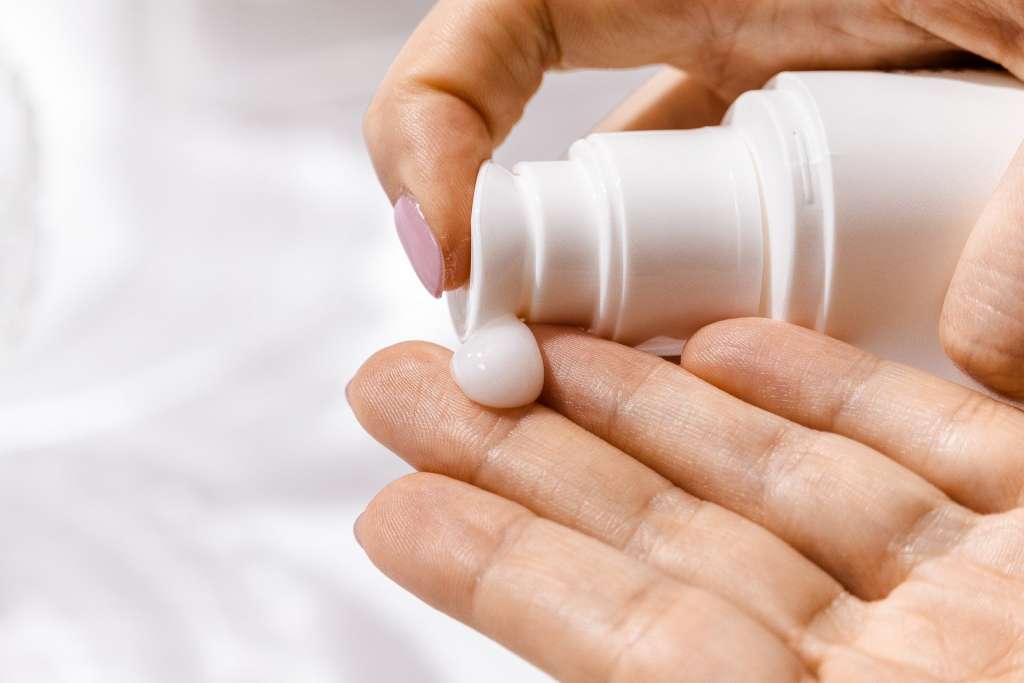
COLD

Acting primarily as an anti-inflammatory, it is important to recognize the 5 signs and symptoms of inflammation: presence of redness, swelling, pain, heat and restriction in movements. Cold helps decrease inflammation by slowing down the production of inflammatory molecules. Cold also has an an anesthetic property by decreasing the speed at which the local nerves conduct and transmit their signals. This is efficient on pains/ acute injuries as well as during arthritic flare ups.
Heat

Heat is efficient when it comes to muscle pains. Applying heat to a contracted or cramped muscle easily allows for it to release while decreasing the associated tensions and pain. Heat causes vasodilation in the area, allowing for better circulation The toxins are eliminated faster, and the oxygen circulates much more effectively. It is important to pay attention when applying heat as its application to an acute injury causes an increase in inflammation.
Analgesic cream

Analgesic creams release the sensation of either heat or cold when applied. Like medications, it is important to read and follow the instructions provided by the labels on the bottles. Never apply an analgesic cream to an open wound or under a bandage. Do not combine these creams with other topical creams or heating pads as this can possibly cause burns. Wash hands thoroughly after applying the product and avoid touching your eyes while having the product on your hands.
Many of them contain ingredients (menthols, menthyl salicylate, camphor) that release either a hot or cold sensation to help you forget your pain. These topical analgesics act locally to give an ideal option to those who do not want to take oral pain medications due to their side effects, allergies, or lack of effect some individuals experience when using acetaminophen.
Although we can talk largely about their benefits, hot and cold creams also have their inconveniences. One must pay attention to the way they use them. Hot, when over used or applied at the wrong time, can increase inflammation and bleeding. Comparatively, when cold is over applied, it can stop the proper scar tissue formation. For these reasons, it is often important to alternate between hot and cold applications.
Ask your therapist which modality woould be best for you.
